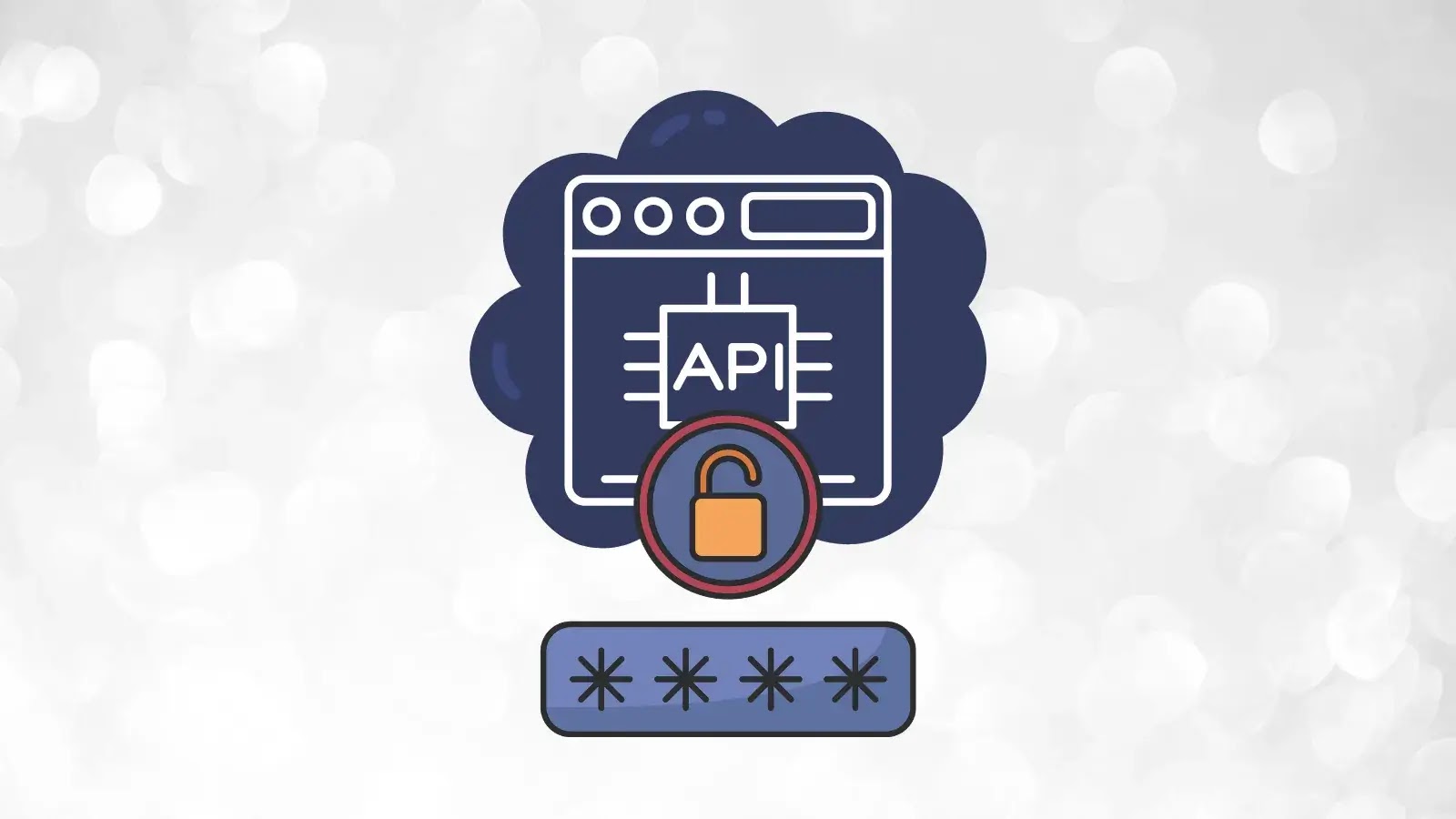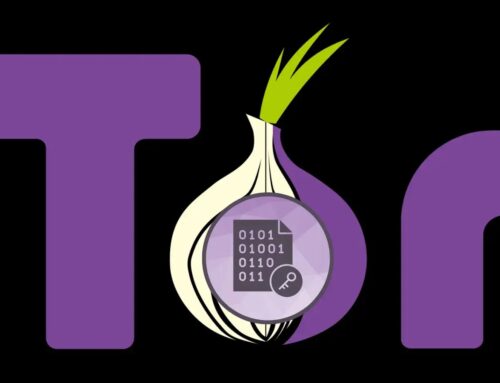
Developers Expose Passwords and API Keys via Online Tools like JSONFormatter
The Silent Leak: How Online Tools Expose Critical Secrets
In the intricate world of software development, efficiency is paramount. Developers constantly seek tools to streamline their workflows, from code editors to online formatters. However, a seemingly innocuous practice – using online utilities like JSONFormatter or CodeBeautify to format or pretty-print data – has turned into a significant cybersecurity oversight. New research from watchTowr reveals a disturbing trend: thousands of critical organizational secrets, including passwords and API keys, have been inadvertently exposed for years through these publicly accessible and seemingly harmless services.
This isn’t merely a theoretical risk; it’s a widespread vulnerability impacting even the most critical organizations. The convenience offered by these tools often overshadows the inherent security risks, leading to a silent but pervasive data breach that leaves production credentials and sensitive information publicly accessible to anyone who knows where to look.
The Hidden Dangers of Online Formatting Tools
Many online code and data formatters operate by receiving user-submitted text, processing it, and then returning the formatted output. While the immediate display often disappears, the input data frequently resides on the tool’s servers, sometimes for extended periods, or even becomes logged and indexed by search engines. This retention can be intentional (for history features) or unintentional (due to poor data handling practices).
When developers, in an effort to debug or beautify JSON payloads, configuration files, or other data structures, paste information directly from their production environments into these public online tools, they are effectively publishing that data. This includes sensitive elements such as:
- API Keys: Granting access to critical services and third-party integrations.
- Database Credentials: Usernames and passwords for production databases, leading to complete data compromise.
- Authentication Tokens: Enabling unauthorized access to applications and systems.
- Sensitive Configuration Data: Revealing internal network structures, server details, and other proprietary information.
The scale of this exposure is alarming. WatchTowr’s research has uncovered a vast repository of these secrets, indicating a systemic problem that organizations, large and small, need to address urgently.
Understanding the Impact and Specific Vulnerabilities
The exposure of sensitive data like API keys and passwords isn’t a nebulous threat; it leads directly to tangible and severe consequences. An attacker gaining access to an API key for a cloud service could potentially spin up thousands of dollars in illicit compute resources, exfiltrate vast amounts of data, or disrupt critical infrastructure. Database credentials, if compromised, can lead to complete data breaches, regulatory fines, reputational damage, and loss of customer trust.
While this issue doesn’t typically manifest as a single, identifiable CVE, its collective impact is comparable to widespread software vulnerabilities. It stems from human error and a lack of awareness regarding data handling practices. Although not a traditional software flaw, the security implications are profound, often leading to subsequent exploitation that might be tracked as specific incidents within an organization. For instance, a compromised API key might lead to unauthorized access, which could be logged as a security incident with an internal identifier, even if not a public CVE. The closest analogies to traditional CVEs would be cases where the online formatting tool itself has a vulnerability leading to the public disclosure of submitted data, but more often, it’s the user’s action that creates the exposure.
Remediation Actions and Best Practices
Mitigating this widespread exposure requires a multi-pronged approach, combining technical controls with robust security awareness training for developers.
- Developer Education: Conduct mandatory training for all development staff on the dangers of pasting sensitive information into public online tools. Emphasize that anything pasted into a web browser on a public site should be considered public information.
- Implement Secure Internal Tools: Provide developers with secure, internally hosted alternatives for code formatting, JSON pretty-printing, and other similar utilities. These tools should operate within the organization’s secure network and adhere to strict data retention policies.
- Automated Secret Scanning: Integrate secret scanning tools into your CI/CD pipelines and version control systems (e.g., Git repositories). Tools like GitGuardian or TruffleHog can detect secrets committed to code or even those appearing in external logs.
- Environment Variable Utilization: Encourage and enforce the use of environment variables and secret management services (e.g., AWS Secrets Manager, Azure Key Vault, HashiCorp Vault) for storing sensitive credentials, rather than hardcoding them in configuration files that might inadvertently be exposed.
- Review and Audit Existing Resources: Proactively search for exposed secrets across public repositories, search engine caches, and known data breach aggregators. Tools like those listed below can assist in this effort.
- Least Privilege and Rotation: Implement the principle of least privilege for all API keys and credentials, ensuring they only have the necessary permissions. Regularly rotate all sensitive credentials, especially those that may have been exposed.
- Network Egress Filtering: Implement network policies that prevent development machines from accessing known public formatting sites, thereby physically blocking the accidental exposure vector.
Essential Tools for Detection and Mitigation
| Tool Name | Purpose | Link |
|---|---|---|
| GitGuardian | Real-time secret detection in Git repositories and developer environments. | https://www.gitguardian.com/ |
| TruffleHog | Searches through Git history for high-entropy strings and potentially exposed secrets. | https://trufflesecurity.com/trufflehog/ |
| AWS Secrets Manager | Manages, retrieves, and rotates database credentials, API keys, and other secrets. | https://aws.amazon.com/secrets-manager/ |
| HashiCorp Vault | Manages and secures access to secrets and sensitive data across applications, systems, and users. | https://www.hashicorp.com/products/vault |
| Gitleaks | A fast, open-source static analysis tool for detecting hardcoded secrets in Git repos. | https://github.com/zricethezav/gitleaks |
Conclusion
The ease of exposing critical organizational secrets through seemingly innocuous online tools like JSONFormatter highlights a critical blind spot in many organizations’ security postures. While developers aim for efficiency, the convenience of these tools must be weighed against the profound security risks they introduce. Proactive education, the implementation of secure internal alternatives, and robust secret scanning are no longer optional but essential safeguards against a pervasive form of information leakage. Securing an organization’s digital assets requires continuous vigilance, extending beyond traditional perimeter defenses to encompass every action taken by its developers.





